WASHINGTON - The Treasury Inspector General for Tax Administration (TIGTA) today publicly released its audit report of the Internal Revenue Service's (IRS) nonfiler program.
Individual taxpayers with income above a certain threshold are generally required to file a tax return with the IRS by April 15 of each calendar year. However, taxpayers may request an extension of time to file, which is typically six months. The IRS will attempt to identify and notify taxpayers who do not timely file a tax return by the extended due date. The IRS typically issues delinquency notices to more than 640,000 nonfilers with expired extensions annually. This audit was initiated to determine whether IRS controls effectively identify and address delinquent individual taxpayers with expired extensions of time to file.
The IRS has implemented a strategy to identify taxpayers who have not filed a tax return, including taxpayers with expired extensions, on an annual basis. Although it is mostly an automated process, the IRS failed to identify and address approximately 1.9 million Tax Years (TYs) 2012 and 2013 nonfilers with expired extensions. As of May 2016, those taxpayers still owed an estimated $7.4 billion.
Additionally, in TY 2013, IRS management canceled this process for all taxpayers with expired extensions. As the nonfiler process is run on a stand-alone basis for each tax year, the majority of the nonfilers with expired extensions in TYs 2012 and 2013 will likely never be notified of their obligation and failure to file a tax return.
The IRS identified high-income nonfilers as both a high compliance risk and one of the top eight high-priority areas in the annual work plan, but none of the high-income nonfilers with expired extensions were notified of their delinquency in TYs 2012 or 2013.
In February 2014, the IRS revised its nonfiler strategy and outlined goals to increase compliance. However, as of July 2016, the IRS has not implemented any of the proposed nonfiler initiatives. In addition, the nonfiler strategy did not outline any specific actions to improve the compliance rate, including how to reach more of the nonfilers the IRS identifies annually and determining the effectiveness of the return delinquency notice in an effort to increase the response rate.
"With effective program management controls, the IRS can identify and address delinquent individual taxpayers with expired extensions of time to file," said J. Russell George, the Treasury Inspector General for Tax Administration. "This is essential for the high compliance risk area of nonfiling."
TIGTA recommended that the IRS change various Collection function and information technology controls, tools, and procedures to improve the nonfiler program and ensure that additional nonfilers comply with the tax laws. In response to the report, IRS management agreed with TIGTA's recommendations and plans to take corrective actions.

